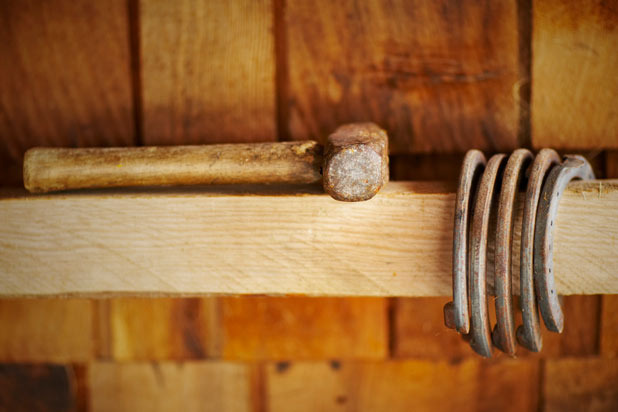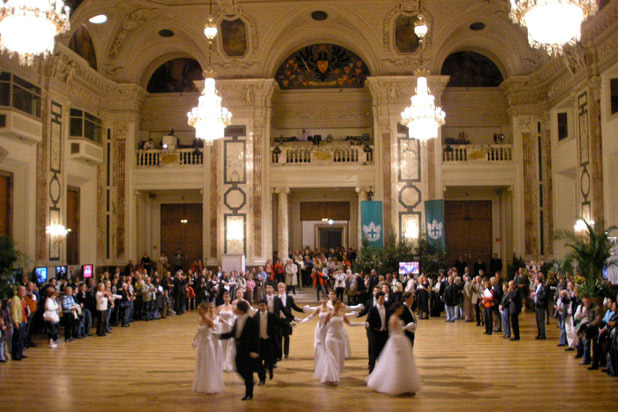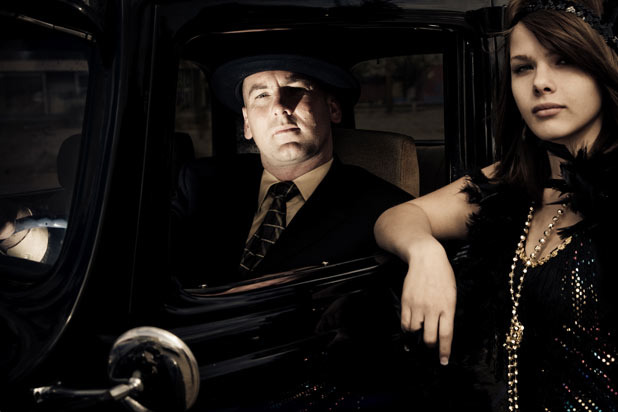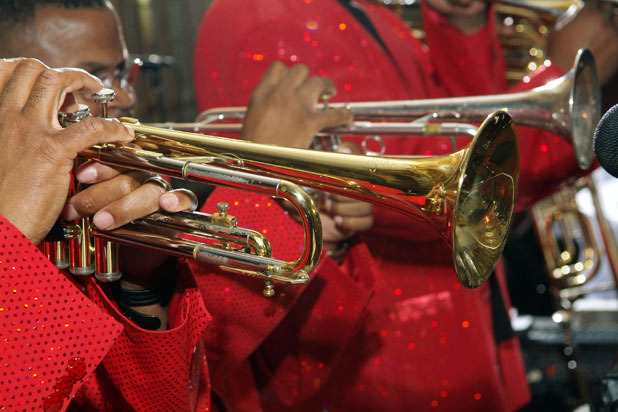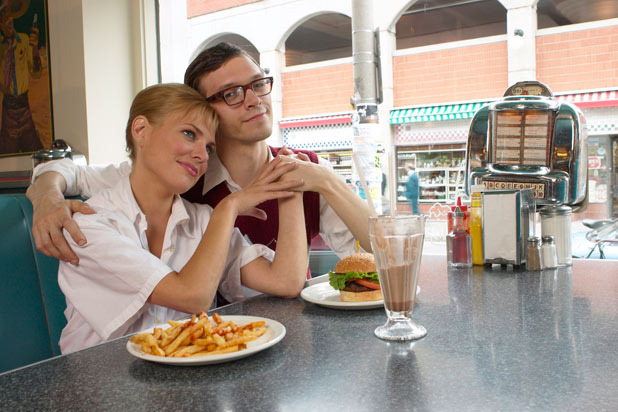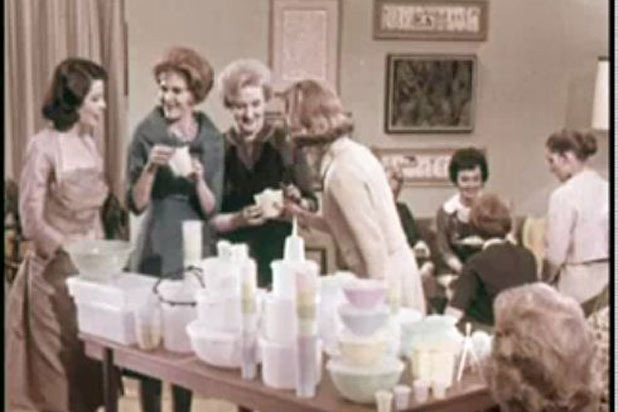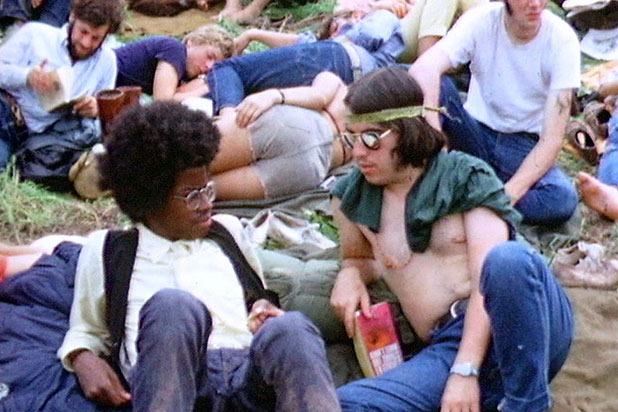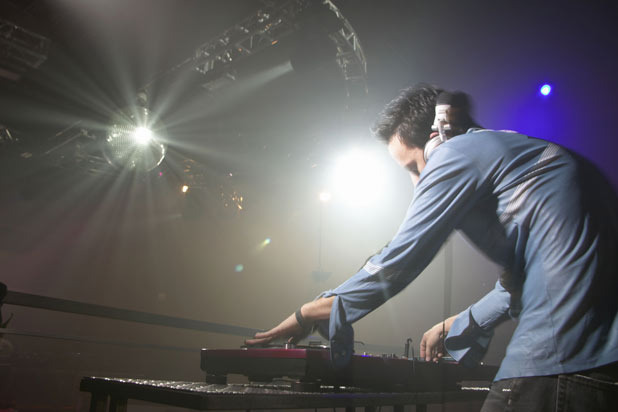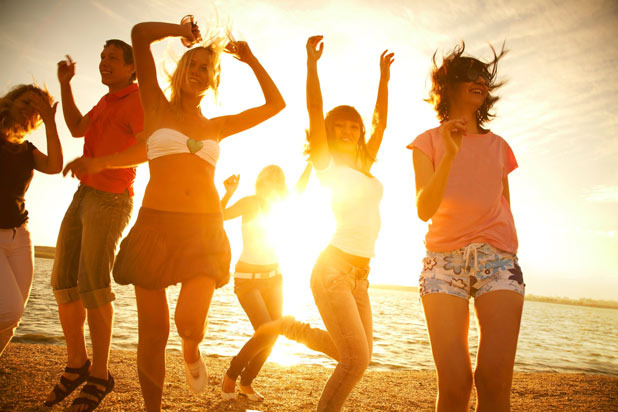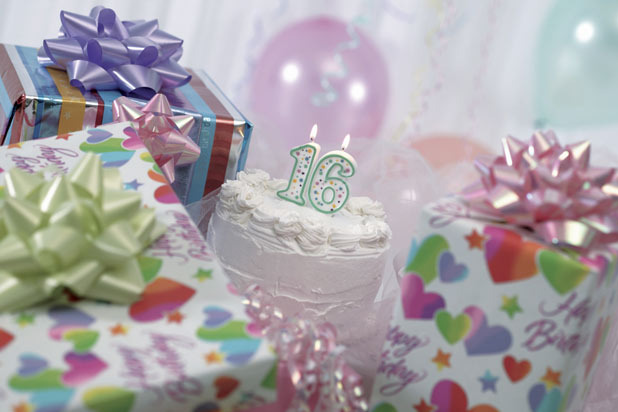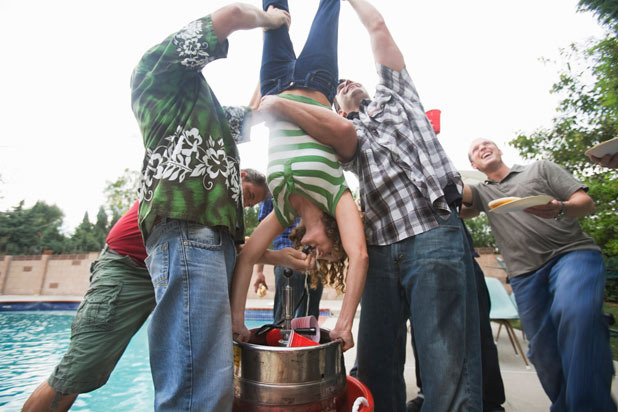American Parties Throughout The Decades Slideshow
Barn-Raising Parties
What's the best way to thank your neighbors for helping you out? Throwing a party for them, of course! Barn-raising parties became a popular way for new farmers to celebrate the completion of their barn, and thank the community for all of its support with the building project. Barns would be transformed from a workplace into a dance hall and social center, as neighbors and friends danced, ate, and drank together. Country comfort foods such as lemon pies, rice pudding, and cucumber pickles, would be on the menu, and farmers made sure to feature some fruits and vegetables from their own fields. Barn-raising parties still exist in America, today, especially among the Amish of Pennsylvania.
Debutante Balls & Cotillions
Debutante balls made it possible for fathers to tell all of their friends about their daughters' availability for marriage. Since the Colonial Era, young women were officially presented to society during these private social functions. Also referred to as cotillions, these parties involved a series of formal teas and dances. While the menu was lavish — oysters au gratin, filet mignon, broiled chicken, and champagne could be found at many of these events — more attention was paid to table etiquette, such as matching the proper utensils to each specific course.
Speakeasies
During Prohibition, instead of effectively removing alcohol from all American homes, the government's efforts only seemed to replaced American saloons with speakeasies and bootleggers. Cocktails became incredibly popular during this time, as they provided a discreet way to drink the illegal liquor. Gin also became a popular liquor of choice, since it could be distilled in someone's basement. During these parties, Americans expressed their carefree spirit through wild parties, lavish spending sprees, and jazz music.
Big Band Parties
Parties distracted Americans from the troubles of their everyday lives during the Great Depression and World War II. Duke Ellington, Count Basie, and Glenn Miller all tried their best to provide everyone with a brief escape from all of their struggles, as swing dancing and big band parties became more and more popular. Since money and resources were tight, hosts presented simpler meals in more appealing ways. The fruits and vegetables grown in victory gardens were featured at these events. Snack tables also provided guests with various hors d'oeuvres such as cheese puffs, canapés, and fresh fruit cups. Toward the end of the night, coffee and tea were provided to energize guests.
Sock Hops
With songs like "Sugar, Sugar" and "Lollipop" providing the soundtrack to these parties, rocking around the clock had never been so sweet. These parties were popular during America's good, clean fun era when families with 2.5 children lived in their houses that had white picket fences. Baby boomers threw on their poodle skirts and saddle shoes in order to dance the night away. Whenever they needed to refuel, there were plenty of milkshakes, egg creams, and colas for them to drink up.
Tupperware Parties
During the late 1900s, Tupperware parties were extremely popular. Modern convenience, consumerism, profits, and fun — these parties had it all. These parties turned shopping for plastic storage containers into a social event. At these parties, food was used to demonstrate Tupperware's many uses — cereal doesn't get stale in Tupperware Cereal Storers, hors d'ouevres look presentable on the plastic platters, and Jell-O rests nicely in the Tupperware Mold. While the invention of Tupperware revolutionized the way Americans stored their food, the Tupperware parties added a consumerist element to suburban social gatherings.
Woodstock & Other Music Festivals
There was definitely no Tupperware being sold at these festivals in the '70s. Well, unless the Tupperware was storing marijuana, acid, and other psychedelic drugs. Festival-goers enjoyed foods that came from the land, and several people sipped on water laced with acid. At Woodstock, food wasn't necessarily in high supply, since all of the hot dogs in a 40-foot trailer went bad after the refrigerator fuel ran out. This was just one of the many disastrous events of the first Woodstock, but the smell of rotting hot dogs didn't dissuade people from enjoying their time. These parties epitomized the peace, love, and rock and roll that defined the era.
Disco Parties
Polyester, disco balls, dancing, bell bottoms — just ask John Travolta if you want to know more about America's Saturday Night Fever. The catchy dance music reached a broad audience; it seemed like everyone was flocking to these dance halls, no matter their wealth, status, or sexual orientation. While rural dance halls paid more attention to food and drinks, the urban halls tended to focus more on decorations and acoustics. One of the most famous dance halls, Studio 54, lost its liquor license for a time in 1980, but people continued to flock and sipped on free cranberry, apple, and banana punch, proving that the dancing was what drew the party-goers in, not the cocktails.
MTV's Spring Break
1986, Daytona Beach, Fla. This wasnt necessarily the first spring break (university students had been traveling to sunny places to take a break from courses for a couple of decades at this point) but this was the first time MTV went live, recording all of the debaucherous behavior of the college beach-goers. The result? The country became aware of the complete and total chaos that is Florida during Spring Break Girls Gone Wild, binge drinking, wet T-shirt contests, promiscuity, and wild drunk antics. Spring Break evolved into some sort of Olympics of student drinking. Back in 1986, Fort Lauderdale expected to earn an estimated $140 million from the bar, hotel, and restaurant business, alone. With alcohol fueling the parties, and students being strapped for cash, Spring Break bars and restaurants offered cheap beer, drink specials, and all-you-can-eat pasta dinners.
Sweet 16's & Quinceaneras
These coming-of-age parties are an updated version of the debutante balls. Instead of announcing a daughters availability for marriage, these parties are to celebrate girls' 15th and 16th birthdays. Party-goers enjoy buffet-style foods while a DJ provides the party with a soundtrack. For Sweet 16's, girls traditionally light 16 candles on their birthday cake, dedicating each one to close friends, family, and loved ones. Some families go all out to throw an over-the-top blowout — just take a look at MTV's My Super Sweet Sixteen if you need proof.
Frat Parties & Keggers
Funneling, chugging, keg standing, shot-gunning — partying has become less of a celebratory occasion and more of a way of life. College students cram into the basements of fraternity houses. DJs and iPod speakers blast hip-hop, rap, R&B, and techno for those who want to grind on the dance floor. Beer, beer, and more beer make up the menu for these Animal House-style parties. These parties expand the limits already stretched by speakeasies, Woodstock, and MTV's Spring Break — promiscuity, drunkenness, and chaos reign.
